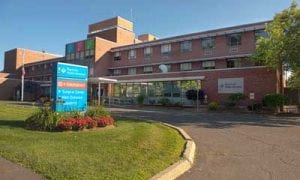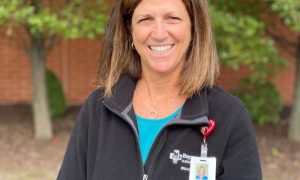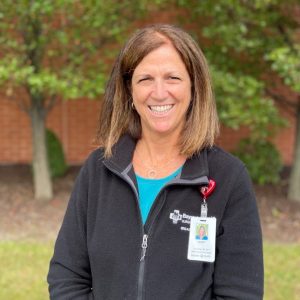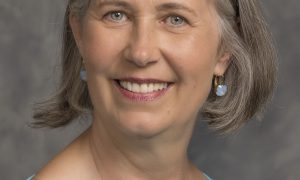WESTFIELD – The importance of breast health is highlighted throughout the month of October each year, but for Dr. Danielle M. Lipoff, it is her top priority every day.
Lipoff, a surgeon with Baystate Surgical Oncology and Breast Specialists at Baystate Health, said one in eight women will get breast cancer at some point in their life, which is 12 percent of women. The diagnosis statistics have not changed much over the past decade, however, Lipoff said strides in technology have helped detect cancer earlier, which leads to early treatment and a potentially better outcome.
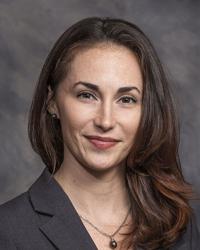
DR. DANIELLE M. LIPOFF
At Baystate Noble Hospital, Lipoff and the breast specialist team utilize state-of-the-art equipment to give patients their best chance for detection and treatment. However, Lipoff said women need to become more familiar with their breasts as the first point of detection.
“A significant number of breast cancer is found through self-palpation,” she said.
Palpation is the method of feeling with fingers or hands during a physical examination.
“Women should be familiar with their breast tissue,” Lipoff said. “The American Society of Breast Cancer Surgeons are proponents of self-breast awareness.”
Lipoff said there are differing opinions regarding the best time to begin annual mammograms, and it depends on age, family history and the health of the patient, including whether or not she is a smoker. The American Society of Breast Cancer Surgeons recommends yearly screenings starting at age 40 for the average woman.
“The recommended imaging is ultrasound if a mass is detected,” Lipoff noted.
Lipoff said breast tissue changes over time. Younger women typically have more dense tissue, which is optimal for breastfeeding. As women age, the tissue becomes less dense.
“The tissue used for breastfeeding is replaced with fatty tissue, but this is patient-specific,” Lipoff said, which supports her encouragement that all women become familiar with their breasts.
Baystate uses the latest digital equipment, including 3-D mammography, and performs more than 60,000 mammograms each year across the health system.
According to baystatehealth.org, there are two kinds of mammograms: Screening and diagnostic.
Screening mammograms typically include two views of each breast taken from different angles. Mammograms are the only proven method for finding certain types of abnormal growths in the breasts. Five to 15 percent of women will need a follow-up exam or biopsy after a mammogram.
Diagnostic mammograms are used to look for signs of breast cancer when you have symptoms – such as a lump, pain, or nipple discharge – or when your doctor sees suspicious results on a screening mammogram. Diagnostic mammograms are typically more detailed than screening mammograms.
Visit baystatehealth.org for more information on breast health services at Baystate Noble Hospital.
This is the first in a series of articles promoting National Breast Cancer Awareness Month and the services offered by Baystate Breast and Wellness Center and Baystate Surgial Oncology and Breast Specialists. Articles will run in The Westfield News Tuesdays throughout October.

